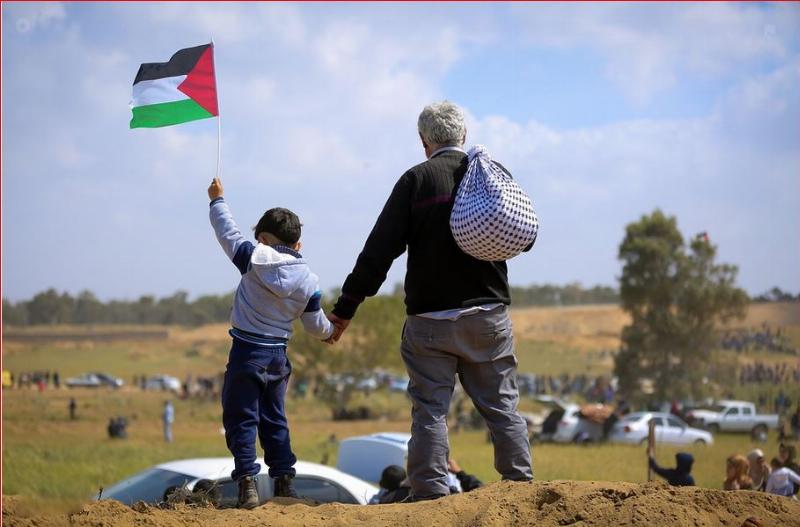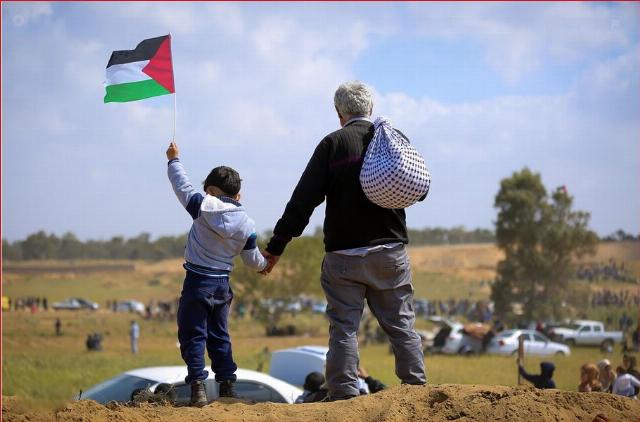


The issue of the Israeli hostages in Gaza is heart-wrenching and prevents the Israel Defense Forces (IDF), as well as the political echelon, from making a decisive move against the Islamist terrorist group Hamas.
It is abundantly clear that Hamas refuses to disarm, and even clearer that Hamas intends to keep some of the hostages as a survival guarantee. This makes an intensive all-out attack on Hamas, and forcibly removing its presence from the Gaza Strip, nearly impossible. The reason is clear: Such an attack might endanger the living hostages.
The IDF’s chief of staff, Lt. General Ayal Zamir, conducted a field visit and operational assessment last Monday in central Khan Yunis, the heart of the ongoing Operation Gideon’s Chariots. He reaffirmed that Gaza remains the IDF’s primary focus at this stage of the conflict. He then stated that “we are fully committed to achieving our strategic objectives: the return of the hostages, and dismantling of Hamas, and the restoration of security for Israeli communities. We will not compromise on these goals.”
The problem is that the IDF cannot simultaneously accomplish both strategic objectives, and the Netanyahu coalition government must decide which objective takes priority. Given the condition of the hostages—starved, ill-treated, and medically deteriorated—it would seem that the case is clear for saving the hostages first.
Alexander (Sasha) Tropanov, 29, was abducted from Kibbutz Nir Oz and was held by Hamas in captivity for 498 days. An only son of a family that immigrated to Israel from Russia, his father was murdered by Hamas on October 7, 2023, and his mother, grandmother, and girlfriend were also abducted to Gaza but released after 54 days in one of the early exchange deals. In a recent interview, he said that only after all the hostages are returned will we be able to employ the full force necessary to deal with the threats we face.
Making a deal with Hamas on the release of the hostages has wrecked the nerves of the hostage families. Unfortunately, out of frustration, they blame Netanyahu and his government. However, this is unfair. Hamas, not the Israeli government, has thus far rejected every deal presented by the mediators and the American envoy, Steven Witkoff.
Hamas’s demands are unacceptable, even to the American side. As conditions for the deal, Hamas wants the war in Gaza to end and IDF troops to withdraw from the entire Strip. It also wants to keep its arms. Not least, Hamas demands that it control the massive humanitarian aid entering Gaza. Hamas will then, as it has previously done, sell it at extortionist rates and thus finance its operational needs. The food is also being used as a recruitment tool.
The Trump administration’s current proposal is for a ceasefire that would pause the war, free Israeli hostages, and send aid into Gaza. It also aims to open broader talks about ending the conflict. Under the U.S. proposal, Hamas would have to be expelled from Gaza. Hamas does not want to release all 50 hostages—the 20 assumed living and the 30 dead, whom Hamas and the Gazans murdered.
If pressed on the issue of expulsion from Gaza, Hamas spokespeople claim that they would agree, under certain conditions, to leave the Gaza Strip, but they insist on holding on to their arms, a condition Israel cannot agree to, since these arms would be aimed at attacking Israel, whether it be from Turkey through maritime landing on Israel’s shores, randomly murdering Israeli civilians, or attacking from Lebanese territory.
Earlier, in January of 2025, the first stage of the U.S.-brokered deal brought out some of the hostages, but the deal fell apart in March as negotiators failed to nail down a second stage of the agreement. Israel then resumed its offensive in Gaza. President Trump is now optimistic that a deal will be struck by next week. But we have already seen Trump’s optimism evaporate each time Hamas backs out of a deal.
At this point, documents have been submitted by mediators to Hamas outlining a 60-day ceasefire proposal, during which Israel would pull back to a buffer zone on the Gaza border. Aid would pour into Gaza as Hamas returns 10 living and 18 deceased hostages to Israel.
Hamas representatives claim that they indicated a “positive” response to the latest iteration of a hostage deal and ceasefire proposal. But Netanyahu’s office pointed out last Saturday that Hamas had requested “unacceptable” changes to the proposal formulated by Qatar.
If a hostage deal is to be had, it must include all 50 hostages, since experience has taught us that Hamas will pull away from the deal soon after the first part is concluded, and the remaining living hostages are likely to die in captivity, given their poor health.
President Trump must be true to the promise he made early in his term that “all hell will break loose if the hostages are not returned.” After the successful Iran operation, the U.S. must give Hamas a credible warning of military intervention unless all the hostages are returned. It is clear that constructing a deal over a 60-day period is a matter of life and death for the injured and sick hostages.
Let us hope that following the White House meetings this week between President Trump and P.M. Netanyahu, an unequivocal message will be issued that all the hostages must be released immediately. Israel will then agree to withdraw from Gaza, retaining a symbolic presence at the Philadelphi Corridor, while Hamas and Palestinian Islamic Jihad fighters leave the Gaza Strip without their arms, and massive aid will begin to enter Gaza. The U.S. would then initiate the reconstruction of Gaza.
If this were to happen, there would not be a need for returning to fighting in Gaza or dismantling Hamas.

Image via Pixabay.
